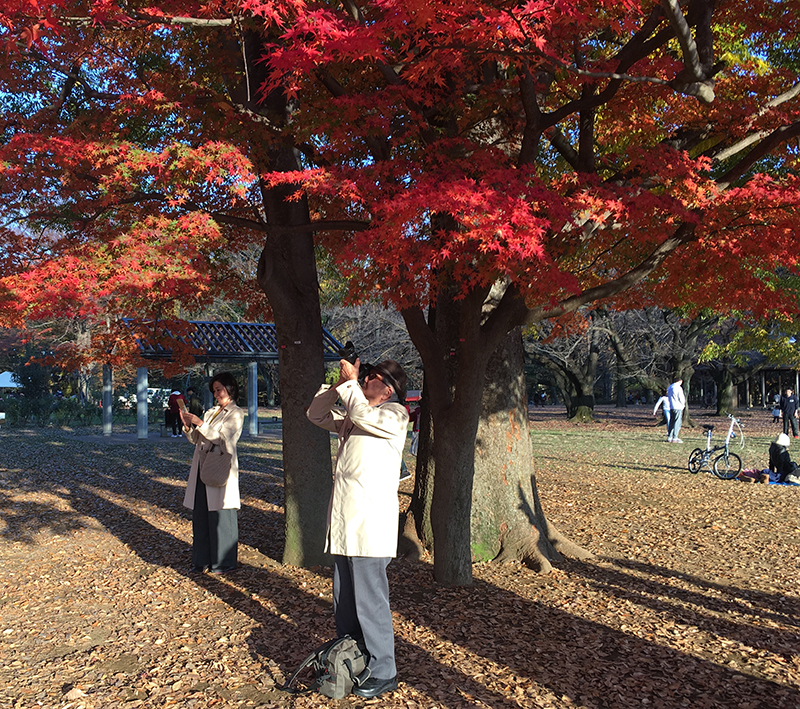

Gorgeous gardens are part of the essence of Japanese culture. Rich in spiritual, mythical and religious symbolism, these serene spots are more than just green spaces — they are places to meditate, to appreciate the seasonality of Japanese flora and fauna and, above all, to relax.
Visit these exquisite exhibitions of wabi-sabi (the beauty of imperfection) and Japanese nature the next time you’re in Tokyo.
The Japanese Garden, Hotel New Otani Tokyo
Probably the most historically significant garden in Tokyo, this vast 400-year-old green space was once the home of legendary daimyo (lord) Kato Kiyomasa before becoming the property of the imperial family. It has since been lovingly cared for by Hotel New Otani Tokyo’s staff, who maintain the eye-catching waterfall, the bright red bridges, the stone garden and ancient trees.
Check into Forbes Travel Guide Four-Star Hotel New Otani Tokyo Executive House Zen (the property’s luxe hotel-within-a-hotel) to enjoy a view of the splendid landscape from above. During May and June, savor an exclusive breakfast in the extensive rose garden — with only one seating per day, it’s one of the most exclusive (and romantic) offerings in the city.

Shinjuku Gyoen National Garden
This 144-acre national park is famous for its beautiful gardens. Locals and visitors flock to the site each spring to see the cherry blossoms and every November for the park’s exquisite chrysanthemum exhibition — these flowers are the symbol of the Japanese imperial family and are of great cultural significance.
The remarkable thing about Shinjuku Gyoen is its design. Three distinct landscaping styles are present in the garden: French formal, which is symmetrical and orderly with exotic plants; English landscape, which is wilder and consists of lawns and pavilions; and Japanese traditional, which includes a pond and a classic tea house.
Thanks to the garden’s diversity, you’ll find something in bloom no matter what time of year you visit. And with plenty of places to sit, grab a drink or stroll, you could linger among the blossoms for hours.
Keep in mind that the park charges a nominal entrance fee.

Hotel Chinzanso’s 700-Year-Old Garden
A little farther out from the city center, Four-Star Hotel Chinzanso Tokyo‘s extensive urban woodlands is also a must-visit experience. It’s one of those rare sites where you can see fireflies each summer — the property even serves a cocktail in honor of these special little guests.
The 17-acre garden has been a popular place to view wild camellias since the 1300s — at least one of the garden’s 30 stone lanterns is an original from that period, too.
The grounds are also home to a three-story pagoda and traditional tea room (both still in use today). One of the other highlights is Mucha-an. Tucked into the property’s verdant forest, this upscale soba spot happens to serve up some of the best noodles in the capital — and those tranquil garden views don’t hurt, either.
